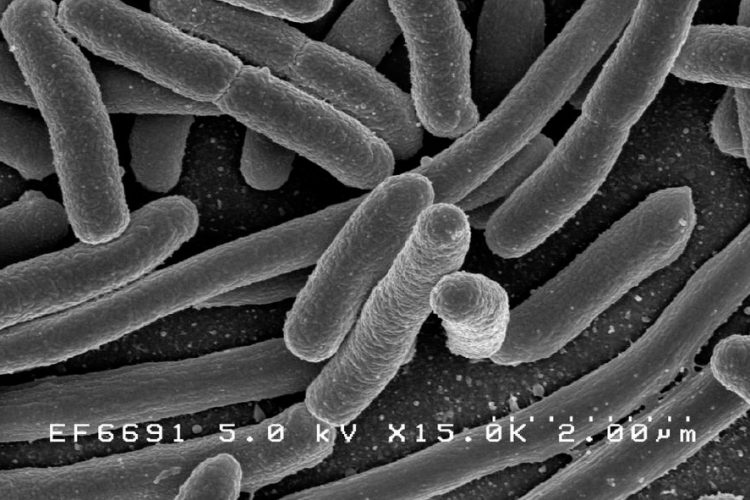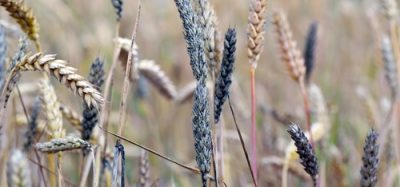Antimicrobial resistance still high in European food, animals and humans
Posted: 27 February 2018 | George Smith (New Food) | No comments yet
A report by European food safety and public health authorities has confirmed ‘antimicrobial resistance’ is still one of the biggest threats to human health after the discovery of resistance to a drug not authorised for use on animals in poultry.


REPEAT OFFENDER: E. coli
The European Commissioner for Health and Food Safety Vytenis Andriukaitis has called for unification across the bloc to tackle antimicrobial resistance after a report showed incidents are still high among food, animals and humans.
The European Food Safety Authority (EFSA) and the European Centre for Disease Prevention and Control (ECDC) collaborated to produce the report. It highlights some emerging issues and confirms antimicrobial resistance as one of the biggest threats to public health, mainly by reducing the effectiveness of treatment options.
Mr Andriukaitis said: “Levels of antimicrobial resistance still differ significantly from one EU country to another. To win the fight, we need to join our efforts and implement stringent policies on the use of antibiotics across sectors.
“It is vital that we all renew our commitment to fight antimicrobial resistance by focusing on the key areas set out in the EU One Health Action Plan against antimicrobial resistance.”
Among the new findings, based on data from 2016, are detection of resistance to carbapenems in poultry, an antibiotic which is not authorised for use in animals, and of ESBL producing Salmonella Kentucky with high resistance to ciprofloxacin in humans, which was reported for the first time in four countries.
Marta Hugas, EFSA’s Chief Scientist said: “The detection of resistance to carbapenems in poultry and to linezolid in methicillin-resistant Staphylococcus aureus in pigs is alarming because these antibiotics are used in humans to treat serious infections. It is important that risk managers follow-up on these findings.”
Mike Catchpole, ECDC’s Chief Scientist added: “We are concerned to see that Salmonella andCampylobacter bacteria in humans show high levels of antimicrobial resistance. The fact that we keep detecting multidrug-resistant bacteria means that the situation is not improving. We need to investigate the origins and prevent the spread of highly resistant strains, such as ESBL-producing Salmonella Kentucky”.
The main findings in animals and foods were:
- Resistance to carbapenem antibiotics was detected at very low level in poultry and in chicken meat in two Member States (fifteen E. coli bacteria). Carbapenems are used to treat serious infections in humans and are not authorised for use in animals.
- Two Livestock-Associated Methicillin Resistant Staphylococcus aureus bacteria found in pigs were reported to belinezolid-resistant. Linezolid is one of the last-resort antimicrobials for the treatment of infections caused by highly-resistant MRSA.
- Combined clinical resistance to critically important antimicrobials was observed at low to very low levels inSalmonella (0.2 per cent), Campylobacter (1 per cent) and E. coli (1 per cent) in poultry.
- Resistance to colistin was observed at low levels (2 per cent) in Salmonella and E. Coli in poultry.
- Prevalence of ESBL-producing E. coli in poultry varies markedly between the Member States, from low (less than 10 per cent) to extremely high levels (more than 70%). Bacteria that produce ESBL enzymes show multi-drug resistance to β-lactam antibiotics – a class of broad spectrum antibiotics which include penicillin derivatives, cephalosporins andcarbapenems. This is the first time that the presence of extended-spectrum beta-lactamase (ESBL)-producing E. coliwas monitored in poultry and poultry meat.
The data has been collected on an interactive site which can be viewed here.
Related topics
Food Safety, Health & Nutrition, MRSA, Outbreaks & product recalls, Research & development
Related organisations
European Centre for Disease Prevention and Control (ECDC), European Food Safety Authority (EFSA)









